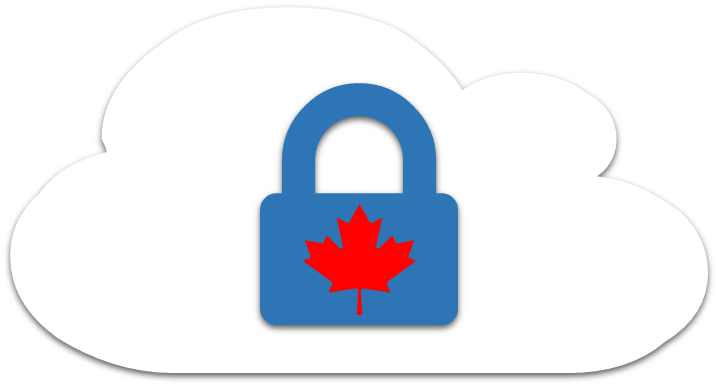Difference between revisions of "Secure Remote Work Technical Considerations"
| Line 72: | Line 72: | ||
Over 80% of cyber attacks leverage DNS servers. If attackers are able to connect your device to their compromised DNS, they can begin dropping and installing malware. | Over 80% of cyber attacks leverage DNS servers. If attackers are able to connect your device to their compromised DNS, they can begin dropping and installing malware. | ||
| − | DNS servers translate addresses into | + | DNS servers translate human readable addresses into machine readable addresses. For example, if the "wiki.gccollab.ca" address is typed in on a web browser in a human language, the DNS server will match the address to another machine readable address as a set of numbers like "52.139.83.135". |
== References == | == References == | ||
Revision as of 10:49, 23 April 2020
| Overview and User Considerations | Technical Considerations | Secure Use of Collaboration Tools | Device Considerations |
|---|
What is Remote Working?As cloud technology, collaborative applications and internet connectivity increase, remote working is becoming more prevalent than ever before. Remote work is often done through the following ways:
Threats and Challenges posed by Remote WorkingBy connecting via the internet to potentially classified or sensitive applications or data, there are threats to the safety and security of that information. Security issues may include:
Recommended Security MeasuresAs the employee will be connected via the internet to potentially classified data and applications it is important that measures are taken to reduce the risk of a security breach. Some helpful considerations to implement include:
Home Network HardeningOut of the box, most routers have generic passwords, are out of date, and often contain exploits that can easily be used to intercept, manipulate and store network traffic. However, there are a number of actions that you can take to mitigate these security issues at home. The following were taken from a CyberScoop report that details measures to protect home networks.
For more information, check out this CyberScoop report. Canadian ShieldThe Canadian Internet Registration Authority (CIRA) have recently launched a free protected DNS service that prevents users from connecting to malicious websites and hosts. Over 80% of cyber attacks leverage DNS servers. If attackers are able to connect your device to their compromised DNS, they can begin dropping and installing malware. DNS servers translate human readable addresses into machine readable addresses. For example, if the "wiki.gccollab.ca" address is typed in on a web browser in a human language, the DNS server will match the address to another machine readable address as a set of numbers like "52.139.83.135". References
|

